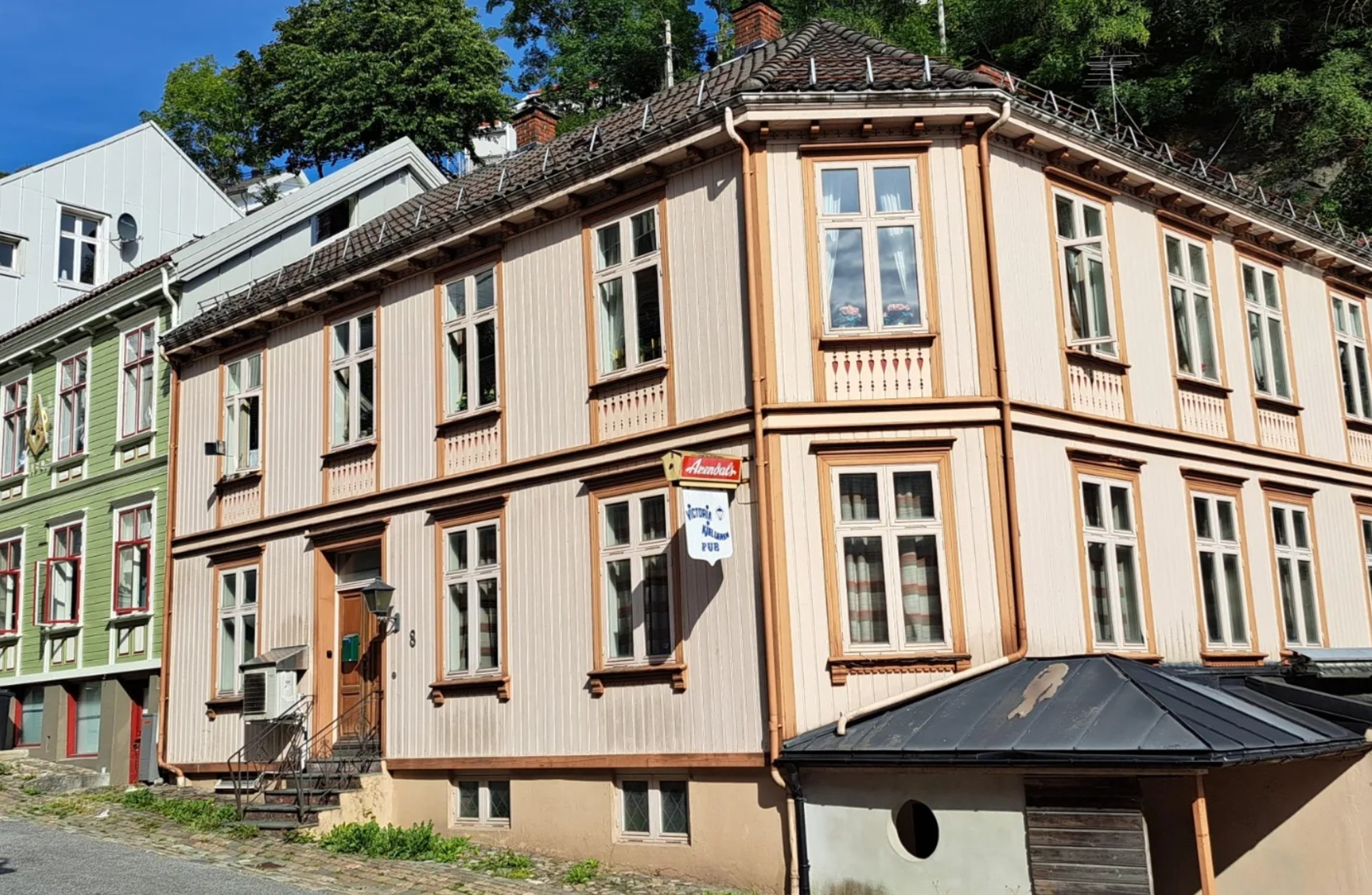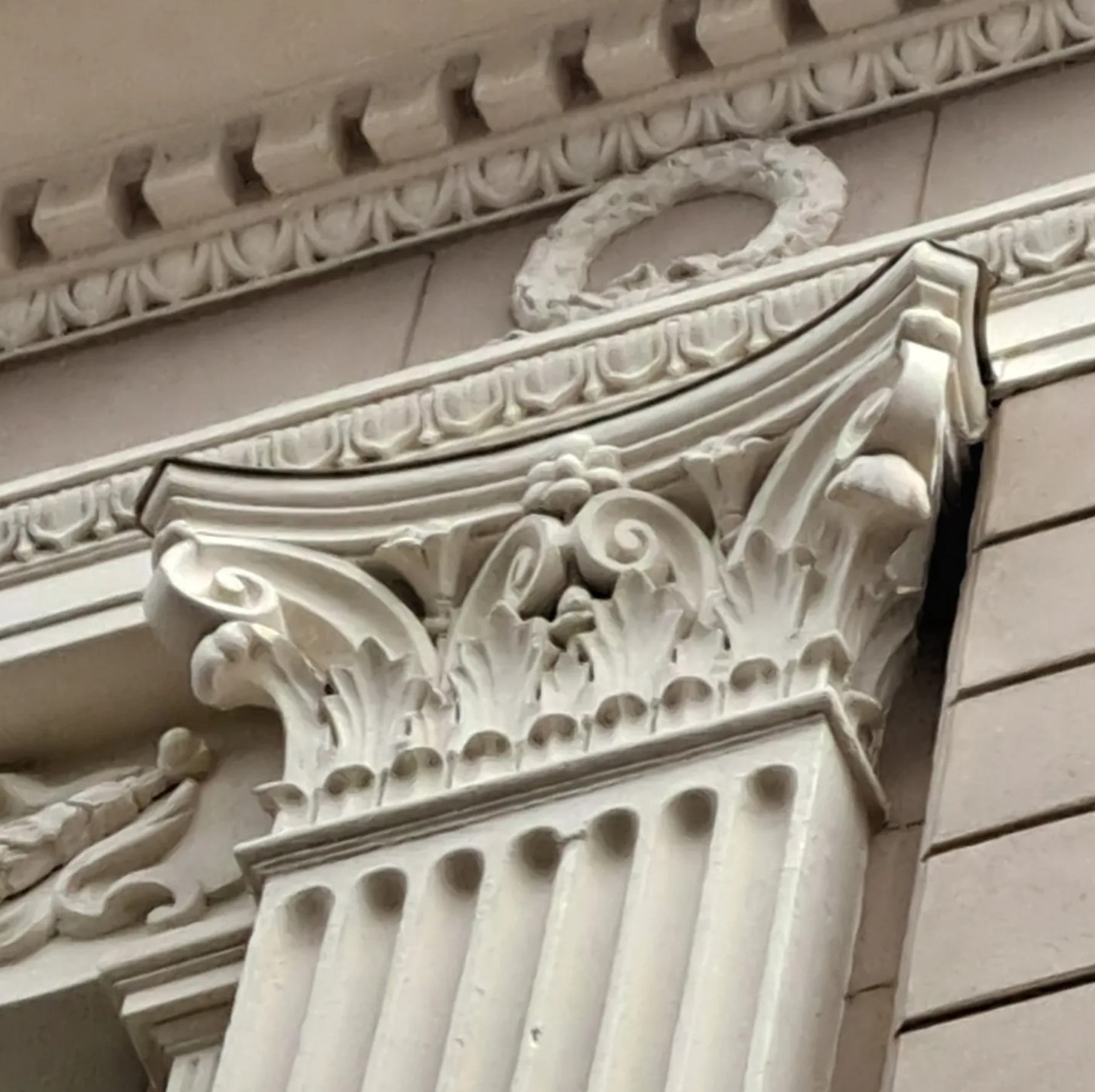Guidance for the speakers at BUA
On this page we present practical guidance for the speakers and some requirements that you should follow.
Submitting information to BUA-organization about yourself and your lecture
BUA requires you to submit a biography, a title of your talk and also - equally important an abstract, that gives more details about what the lecture is going to be about. The reason for this is that BUA want to give a detailed and informative picture - of both the speaker and the some of the content talk. The abstract is a way to increase audience expactations and also to prepare the audience of what the lecture is going to be about.
To summarize: Remember to give BUA organizing committe
A biographic description of you as a speaker - informing the audience about your background and interests-
A title of the talk - that describes your lecture in the best possible way.
An abstract (short summary) - that presents the content of the talk in a brief high-level manner (typically 3 - 8 sentences).
Speakers at BUA typically believes that the final task, is the most difficult one, to write an abstract of their talk. Here is a way to start:
Imagine your future lecture, and start writing down the answers to the following questions:
What problems will you address in the lecture?
Which topics do you want to cover in your lecture?
Which insights do the audience learn during you lecture?
What kind of teaser-sentences would you like to give to the audience?
What do you think is important to communicate to the audience?
What kind of solutions to the problem posed by your lecture will be presented?
How can you summarize your lecture into few sentences?
Here is one example from the BUA 2024 programme:
Name of speaker: Nikos Salingaros
Biography: Salingaros is one of the worlds foremost researchers on architectural beauty, and has been lecturing and publishing about aesthetics in architecture for over 30 years. He is a physicist and mathematician, urban planner and architectural theorist. Salingaros is a professor of mathematics and also teaches at the school of architecture at the University of Texas in San Antonio, but also employed on the architecture faculty at the Università di Roma III, Italy. His books include: “Principles of Urban Structure” (2005); “A Theory of Architecture” (2006); “Algorithmic Sustainable Design” (2010); and “Anti-architecture and Deconstruction” (2004), in addition over 120 scientific articles. Salingaros uses scientific methods and tools to replace outdated working assumptions that created dysfunctional urban regions after World War II.
Title of lecture: Non-modernist principles of urban planning – the scientific approach
Abstract (short summary): With the increasing urbanization of the planet, it is essential to use science to plan the human habitat. Lessons from traditional settlements define evolved elements of architecture and urbanism that have adapted to human biology. Those are verified by the latest diagnostic techniques using eye tracking and neuroscience. But Modernism implemented a strange ideology with inhuman typologies that the architecture-industrial complex forced users to adapt to. This effort continues the worst sort of massive social engineering trying to reshape humans into mindless machines. Researchers argue that the modernist built environment is generating enormous amounts of stress and long-term pathologies.
Guidance for making slides/foils and performing your presentation
Below we give seven advices meant to support you as a lecturer at BUA:
Most of the BUA speakers are not native English speakers. That is fine! The fact that your spelling and tonation is different from a native speaker - is no problem, quite the opposite. The important thing though is to prepare a bit in advance - on the performance of the lecture. Run through your talk, as an exercise at home, or in front of an audience you trust. That builds confidence, and is recommended.
We encourage to use mainly pictures and drawings for the most part - as little text as possible (text should be talked about, and preferably be performed innate). Below is one of our own internal BUA-slides, that shows how not to do it on your own presentation.
We recommend all speakers to use 2 slides per minute, this means at least 30 slides for your talk if your talk is scheduled for lasting 15 minutes, 10 slides for a 5 minutes talk, and 60 slides for a 30 minutes talk. If you have a picture that you want to spend more time on (lets say a minute), a way to solve this is by zooming in. In practive, duplicate your picture and zoom in, take a snapshot of the original picture, in order to vizualise an important sample of the photo. Here is an example:
This is a bad slide for the BUA conference. (It was originally made by Hagalisletto for internal use). There is too much text on the slide and the pictures are too small. The optimal slide contains only one picture, drawing or portait.
Vernacular architecture, Victoria Restaurant & Bar, Bendiksklev 8 Arendal, 1830-ties. Look that there is some extra white margins on the left and right side of the slide, but that might be difficult to avoid sometimes. (Photo: Anders Hagalisletto)
Closer view on the second floor of a traditional Arendal building, Bendiksklev 8. Here we have filled the entire foil with the picture - by cutting it to suit the slide. (Photo: Anders Hagalisletto)
4. For photos and drawings it is important that they are large enough. Remember that the audience might be far away. Speakers notoriously underestimates the sizes of their pictures - used in architecture lectures. There are so many details in the drawings or pictures - that can be emphazied and enlarged.
Here are some good examples, of how you can do it (Notice that we have tried to maximize the photo, in order to get as little white margines on all of the sides as possible):
A nice example of a photograph on a slide, filling the entire picture. We actually cut the picture a bit on the top in order to make it fit the powerpoint slide. (Nasjonalmuseet)
5. The talk shall be published on YouTube as a stand alone lecture. In practice this means that we want the speaker to follow a nice flow - without any interruptions from the audience. There will be technical staff ready to adjust microphones and assist you on the slide show, if something unexpected happens. sometimes it can be fruitful to look at how other have done their lectures.
Here are examples of some previous BUA-talks, from 2023: General 2 — Beauty and Ugliness in Architecture Each of the example talks listed below are short-talks.
Kristian Hoff-Andersen: Paulus church, Grünerløkka - Beauty for the Oslo working class in the 1890-ties, Paulus Church - YouTube
Tor Austigard: Fractals - The Science Behind Ornaments in Architecture, Fractals - YouTube
6. We also prefer that the speakers - even the very experienced ones - bring out some new twist or new topics that they would like to communicate. Even though the lecture might have given before - do not not just recycling old material - use this opportunity to bring in some fresh viewpoints - that adds your own work.
7. Your slide set (whether powerpoint or pdf) should be submitted to the BUA-organizing committee, preferably before April 30th. If the slide-set is too big to be sent by ordinary email, make an appointment to send it - using , to one of the organizers (Taran, Tor, Frederik, Anders or Eskild), see https://www.beauty-and-ugliness.com/the-bua-team-2024. The team can be reached by email here - for the submission of the electronic version of the lecture:
Important: Submitting your lecture before giving the talk
Important: Your Power Point (or pdf) presentation will be sent to Taran Sørensen Grønlie by April 1th 2024, at 18.00 CET. Send your talk to her address at taran@raffinert.no. Taran finally says to all contributors for BUA 2024: “I am very grateful that you get this done in time”.
More examples of pictures and how to zoom in to inspect details
Below are som more pictures that shows how you can place your pictures into your lecture slide series:
Schleppegrellsgate 16, Grünerløkka, Oslo. Note that the picture covers the slide entirely. (Photo: Anders Hagalisletto)
Closer look at the upper window frame in Schleppegrellsgate 16. This slide has some left and right white-space margins, but still works. (Photo: Anders Hagalisletto)
A window-frame detail from the classical masterpiece in three-floor apartment building - The Thommessen House in the Norwegian coastal-town Arendal (1872). Unfortunately, the picture is in low resolution - due to large distance. (Photo: A. Hagalisletto)







